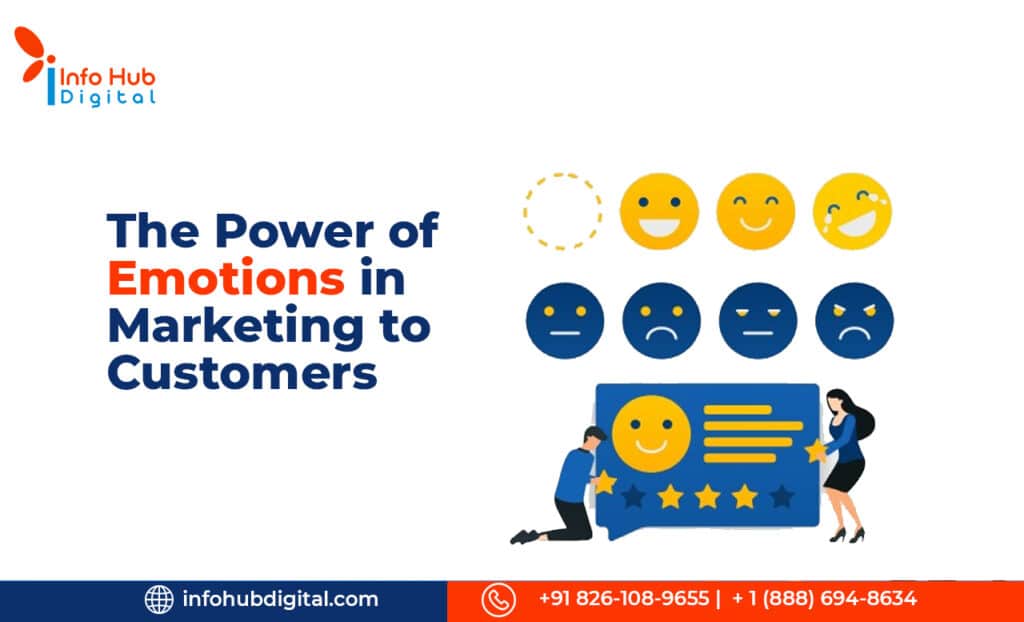Table of Contents
What Are Core Web Vitals?
Understanding the Key Metrics
Core Web Vitals are part of Google’s larger set of page experience signals, which influence how your site is ranked in search results. These metrics are specifically designed to measure key aspects of the user experience on your site. Let’s break down each one:
Largest Contentful Paint (LCP): This metric measures how long it takes for the main content of a page to load. For a good user experience, LCP should occur within 2.5 seconds of when the page first starts loading.
Interaction to Next Paint (INP): This measures the time it takes for a page to respond to user interactions like clicks and taps. An ideal INP score is 200 milliseconds or less.
Cumulative Layout Shift (CLS): This evaluates the visual stability of your page by measuring unexpected layout shifts. A good CLS score is less than 0.1.
Why Are Core Web Vitals Important?
Enhancing SEO and User Experience
Core Web Vitals are essential because they directly impact both user satisfaction and your site’s SEO performance. When your website loads quickly, responds promptly to interactions, and maintains visual stability, users are more likely to stay longer and engage more deeply with your content. Google rewards such positive user experiences by ranking your site higher in search results.
Furthermore, these metrics are part of Google’s broader page experience signals, which also include mobile-friendliness, HTTPS, and safe browsing. By optimizing Core Web Vitals, you not only improve your site’s usability but also its visibility on search engines.
Diving Deep into Core Web Vitals
Largest Contentful Paint (LCP)
LCP measures the time it takes for the largest content element on your page to become visible. This could be an image, video, or a large block of text. Ensuring a fast LCP is crucial for a positive first impression.
Improving LCP:
Optimize Images: Compress and resize images to reduce load times. Using next-gen formats like WebP can also help.
Enhance Server Response Times: Choose a reliable hosting provider and implement server-side caching.
Use a Content Delivery Network (CDN): CDNs distribute your content across multiple locations, ensuring faster delivery.
Minify CSS and JavaScript: Removing unnecessary code can significantly speed up page loading.
Interaction to Next Paint (INP)
INP evaluates the responsiveness of your page after user interactions. A quick INP ensures users don’t get frustrated by delays when interacting with your site.
Enhancing INP:
Reduce JavaScript Execution: Minimize JavaScript load and execution times by deferring non-essential scripts.
Optimize Third-Party Scripts: Limit the use of third-party scripts and load them asynchronously.
Use Web Workers: Offload complex tasks to web workers to keep the main thread responsive.
Profile and Optimize Performance: Regularly audit your site’s performance and optimize any bottlenecks.
Cumulative Layout Shift (CLS)
CLS measures how much your page’s layout shifts unexpectedly as it loads. High CLS can be frustrating for users, leading to poor UX.
Reducing CLS:
Set Size Attributes for Media: Define width and height for images and videos to reserve space during loading.
Reserve Space for Ads and Dynamic Content: Ensure that ads and dynamically inserted content have allocated space to prevent shifts.
Avoid Inserting Content Above Existing Content: Prevent new content from pushing existing content down the page.
Tools to Monitor and Improve Core Web Vitals
Leveraging Performance Tools
To effectively monitor and improve your Core Web Vitals, use the following tools:
Google PageSpeed Insights: This tool provides insights and suggestions based on your site’s performance.
Google Search Console: Offers detailed reports on your site’s Core Web Vitals across all pages.
Lighthouse: An open-source tool integrated into Chrome DevTools for comprehensive performance audits.
Web Vitals Extension: A Chrome extension that measures Core Web Vitals in real-time as you browse your site.
Continuous Improvement
Regularly auditing your site with these tools is crucial for maintaining optimal performance. By keeping a close eye on Core Web Vitals, you can identify areas for improvement and track the impact of your optimizations over time. Staying updated with the latest best practices in web performance ensures that your site remains competitive and user-friendly.
Conclusion
Improving your site’s user experience by focusing on Core Web Vitals is a strategic move that can lead to higher user engagement and better search engine rankings. By optimizing LCP, INP, and CLS, you create a faster, more responsive, and stable environment for your users.
At Info Hub Digital, we specialize in comprehensive digital marketing solutions, including the best search engine marketing services in India and the US. Our expert team is dedicated to helping you enhance your site’s performance and achieve your digital marketing goals. Contact us today to learn how we can support your journey to better user experience and higher search rankings.







